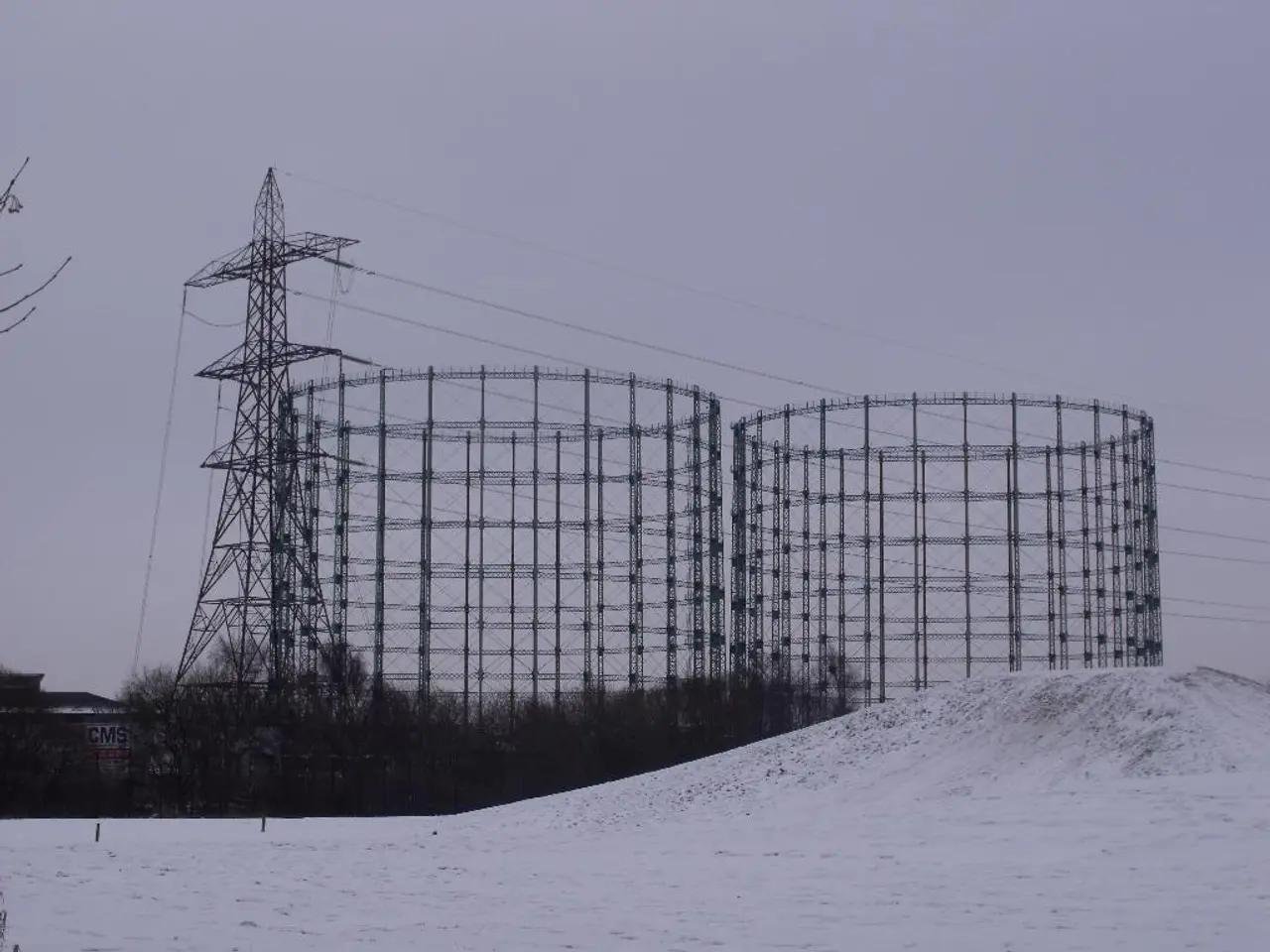Catastrophic Consequences of Flood and COVID-19 on Manufacturing Operations
A new study, published in the International Journal of Disaster Risk Science, sheds light on the multifaceted impacts of compound hazards, using the city of Enshi in Hubei Province, China, as a case study. The research, led by Jing Guo, Haozhi Liu, and Jian Zhang, focuses on Enshi's experience with hydro-meteorological threats such as floods and the current disruptions caused by the COVID-19 pandemic.
The study underscores the necessity for integrated disaster risk management strategies, particularly in mountainous regions like Enshi. It emphasises the importance of incorporating behavioural responses into disaster impact models and advocates for disaster preparedness plans that emphasise coordinated multi-sectoral interventions.
The findings reveal that the impact of these disasters extends beyond the initial damage, with "ripple effects" exacerbating production losses. The ripple effects are caused by overlapping shocks that compound to amplify the overall economic downturn, including labour mobility restrictions, disrupted supply chains, and depressed market demand.
The study identifies critical nodes within Enshi's industrial network that, when disrupted, precipitate disproportionate losses throughout the system. It also estimates that the combined flood and COVID-19 crisis reduced Enshi's industrial output substantially, with lasting effects on employment and regional GDP growth.
The study's focus on Enshi's unique challenges highlights the global relevance of its findings, resonating with regions facing multiple concurrent hazards. The authors advocate for harnessing technological advances and interdisciplinary collaboration to fortify disaster preparedness amidst escalating compound threats.
Moreover, the research calls for financial instruments and recovery financing mechanisms specifically tailored to compound disaster contexts, such as parametric insurance schemes or contingency funds. It also suggests that integrated risk governance frameworks are needed to address overlapping vulnerabilities, optimise resource allocation, and foster synergy between epidemic control and disaster recovery efforts.
The study's innovative approach integrates quantitative data from factory outputs with epidemiological and meteorological data, providing a comprehensive understanding of the compounding impact of a devastating flood combined with the ongoing COVID-19 pandemic on Enshi's production capacity.
The authors raise concerns about disproportionate burdens borne by marginalised workers and small enterprises during compound disasters. They advocate for inclusive disaster risk reduction and social safety nets that target vulnerable populations in the future.
In conclusion, the study's findings underscore the future of disaster risk science hinges on evolving from fragmented analyses to comprehensive models that can drive effective prevention, preparedness, and recovery in our increasingly interconnected world.
Read also:
- Peptide YY (PYY): Exploring its Role in Appetite Suppression, Intestinal Health, and Cognitive Links
- Toddler Health: Rotavirus Signs, Origins, and Potential Complications
- Digestive issues and heart discomfort: Root causes and associated health conditions
- House Infernos: Deadly Hazards Surpassing the Flames








